In the process of choosing the appropriate storage tank, you will inevitably reach the point where you would need to choose a poly tank colour that is to your liking.
You may wonder, ‘How are the colours put into poly tanks?’, ‘What are they made of, anyway?’, and ‘How do water tank colours affect the liquid temperature?’ In this article, we will tackle all these questions (and more!) so you can make an informed decision as to what water tank colour to choose.
What is the best colour for a water tank?
The answer to this question hinges on your needs and preferences. Your needs could be as simple as choosing a light-coloured water tank that matches your shed (and there’s nothing wrong with that) but note that there’s more to colour than aesthetics -- as you will soon find out below.
Why does water tank colour even matter?
Colour pigments impact such matters as algae contamination and water temperature. In fact, there’s a lot of science involved behind colours that, when put to good use, could be incorporated to your advantage in the realm of water storage.
What are the different colours of poly water tanks made of?
The colours put into polyethylene water tanks come from either a single or a mixture of pigments. These colours are derived from two main sources: mined minerals and lab-created chemicals. Both these production methods result in different pigments which can be combined with uncoloured polyethylene which are then eventually used in rotational moulding.

How is colour added to polyethylene water tanks?
Polyethylene, pigments and additives are first processed through an extruder to create a masterbatch or encapsulated colour which is added to a carrier resin.
This masterbatch is once again mixed with natural coloured polyethylene in an extruder, creating a coloured compound. This is then processed through a mill, resulting in a coloured polyethylene powder which is then used in the roto-moulding process.
Any colour added to polyethylene will need to be durable enough not to fade or degrade when exposed to high heat during the roto-moulding process, resulting in somewhat limited number of colours (but not too limited that you can’t find one you’ll like!).
These colours/pigments must pass the following criteria:
- Must retain colour at high moulding temperatures
- Be fade resistant outdoors
- Must not bleed out on to the mould
- Be suitable for food and water contact where required
- Must not contain heavy metals
- Be cost effective
- Be effective at low addition rates
- Minimal undesirable environmental impact at the end of the water tank’s lifetime
How do water tank colours affect water temperature?
Pigments absorb the light from the sun and convert the energy into heat. The darker the colour, the hotter a tank is going to get during the day. It will also reach higher temperatures when it’s empty.
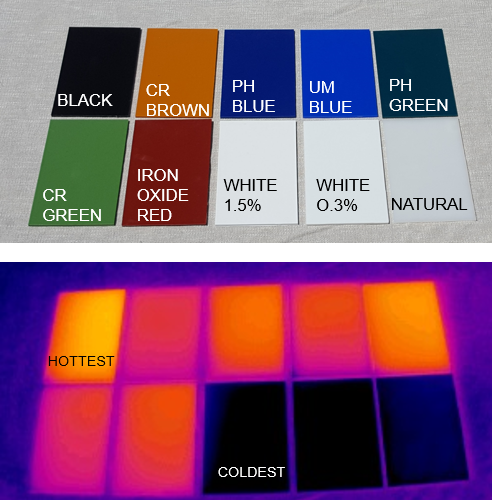
With an air temperature of 26 degrees Celsius, carbon black (pigment used for black or grey poly tanks) will reach the highest consistent temperature during the day at 63 degrees Celsius. Other dark colours such as phthalocyanine green and phthalocyanine blue will reach temperatures approximately between 60 to 62 degrees Celsius.
Ultramarine blue and chrome titanate (brown) will reach temperatures approximately between 55 to 57 degrees while titanium dioxide (white) is a poor conductor of heat, reaching temperatures less than 40 degrees.
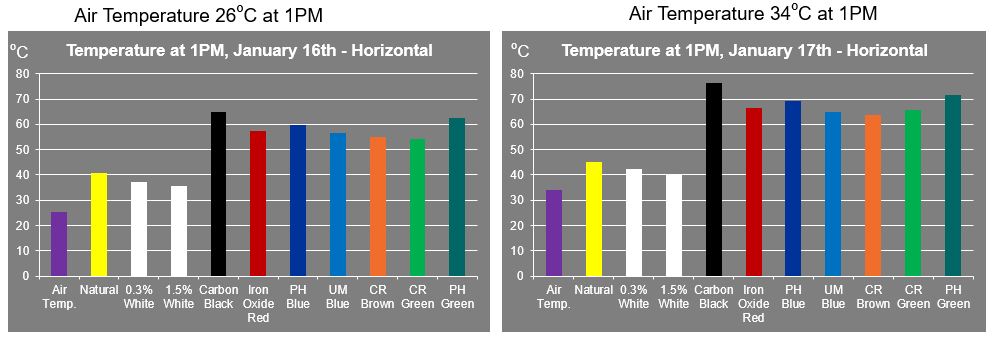
Download this Free Report

Why does water temperature matter?
On the whole (and as was mentioned above) darker colours absorb more heat than lighter colours. This is no less true when applied to water tanks. It follows, then, that a lighter water tank colour would contain cooler water than darker ones. In most cases the cooler the water is, the better. This obviously depends on what you are using your water for.
Water for livestock is best cooler. When livestock drink more, they eat more, which increases their productivity.
Other uses require water to be cooler such as in industrial sectors when cooler water is especially critical with concrete mixing. Cooler water is also required when washing and processing food products.
To reiterate, lighter coloured tanks will contain comparatively cooler water than darker coloured tanks. When it comes to the different scenarios stated above, lighter water tank colours are the best choice for making the most out of your water storage. The most common tank colours sold by Coerco are the lighter coloured ones.
What is the significance of light entering poly water tanks?
Algae thrive in sunlight. Light-coloured water tanks with an inadequate amount of pigments can allow enough sun light for algae to multiply. Certain types of algae, such as toxic blue-green algae, are extremely harmful to both humans and animals. Does this mean all light-coloured water tanks are useless against algae? Not so.
Light-coloured water tanks that are opaque and manufactured with adequate wall thickness (and by a proven manufacturer) would be able to effectively hold algae at bay.
Also note that algae could take place due to water being sourced from areas already contaminated with algae or something as overlooked as an open water tank lid letting sunlight in!
Related article:
How to Keep Algae Out of Your Water Tank
Is it safe to paint a water tank a different colour?
Some water tank owners paint their tanks for the following reasons: to match the surroundings and for UV protection (usually in black colour). Not just any paint will do, however. Water tank material must be taken into consideration.
Example: Certain types of paint could react negatively to metal in steel tanks while other types of paint are simply incompatible to the flexible and expanding nature of poly.
Getting your water tank colour right from the very beginning is crucial. This will save you time, money and effort that would otherwise go into procuring paint and the process of painting.
For poly, choose an established manufacturer that produces UV stabilised poly water tanks with a wide array of available colours to eliminate any need for painting.
Do the colour of poly water tanks fade?
A phenomenon called photo-oxidation is the primary cause of discolouration in water tanks. That is why quality poly water tanks that are UV stabilised use quality poly resins that have stabilisers to help inhibit harm brought about by damaging UV light.
Related article:
Poly Water Tanks: Do They Break Down in the Sun?
Are Coerco water tanks available in a variety of colours?
Coerco poly water tanks are available in a variety of COLORBOND® colours to choose from, which will allow you to choose a water tank colour for aesthetic purposes, functionality purposes, or both!
Explore a wide selection of polyethylene water tanks in our arsenal. All designed safe and ready for all your storage needs. Learn more about our products and a variety of other topics by contacting us today!
Related article:
Water Tanks Cost and Pricing Guide
Editor's Note: This post was originally published on August 9, 2018 and has been revamped and updated for the purpose of accuracy and comprehensiveness.



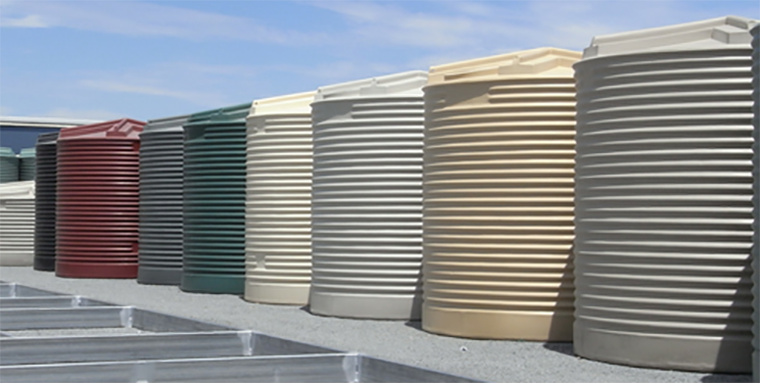


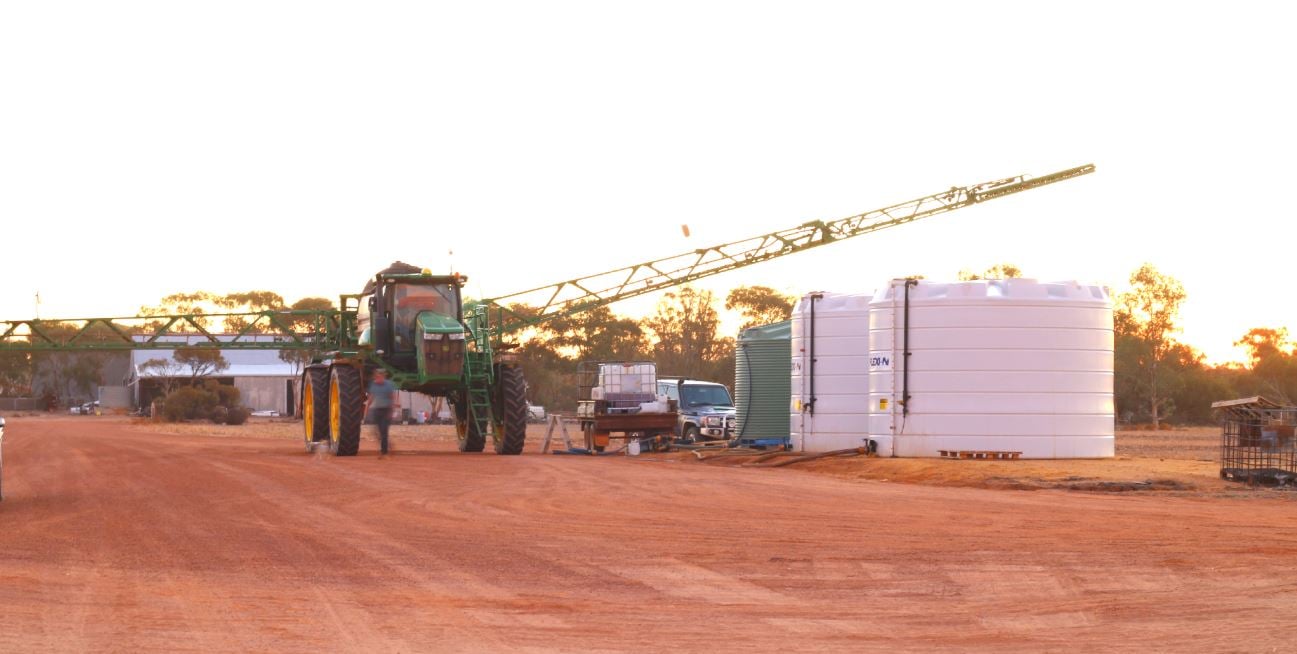

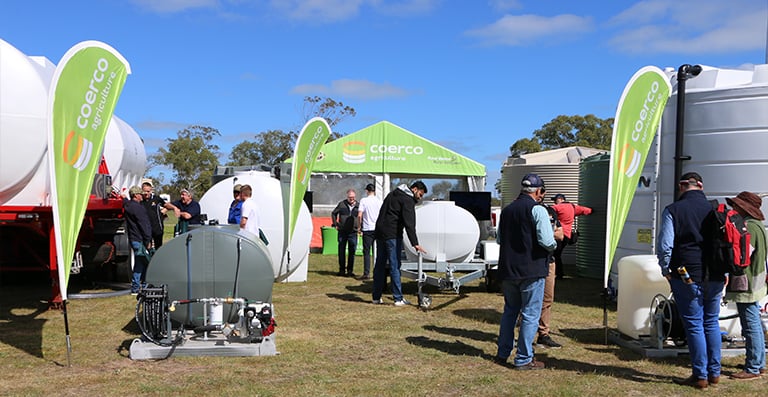
What do you think about this post?
Comments